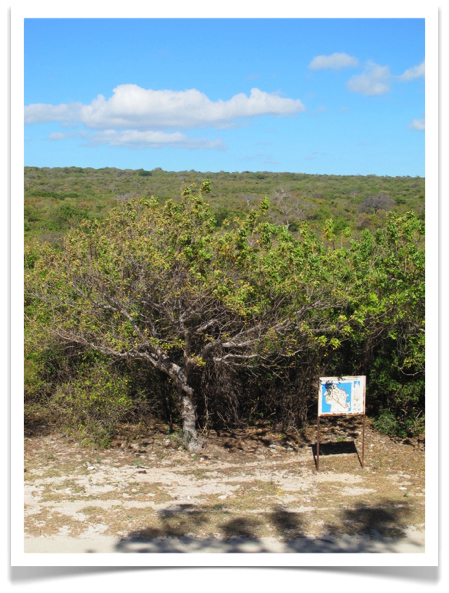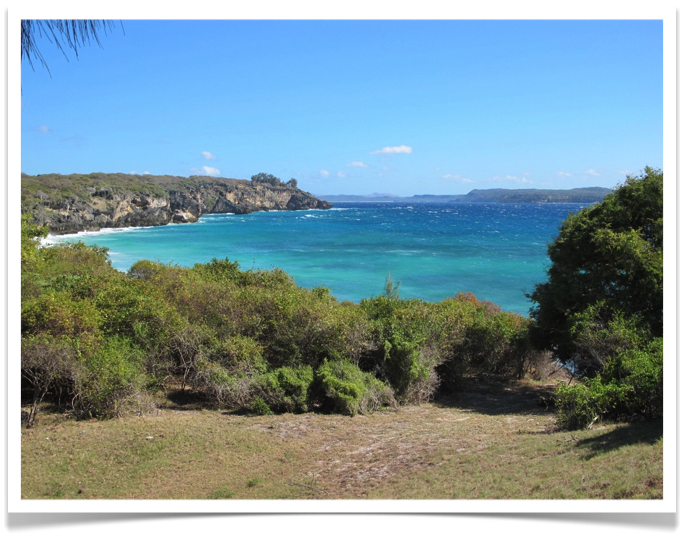Team One
 Thursday, June 4, 2015 at 1:47PM
Thursday, June 4, 2015 at 1:47PM 
Team One from the Oronjia workshop (see More Oronjia) entering the data from their transects [NOTE: They did a total of 53 plots, i.e. 1.06 hectares], as Chris Birkinshaw looks on. From left to right: Adolphe Lehavana, Chris Birkinshaw (standing), Rico Andrianjaka, Patrick Ranirison, and Mihanta Andriambelo. Other members of Team One not shown: Reza Ludovic and me. [NOTE: A real pleasure to work with these folks].















